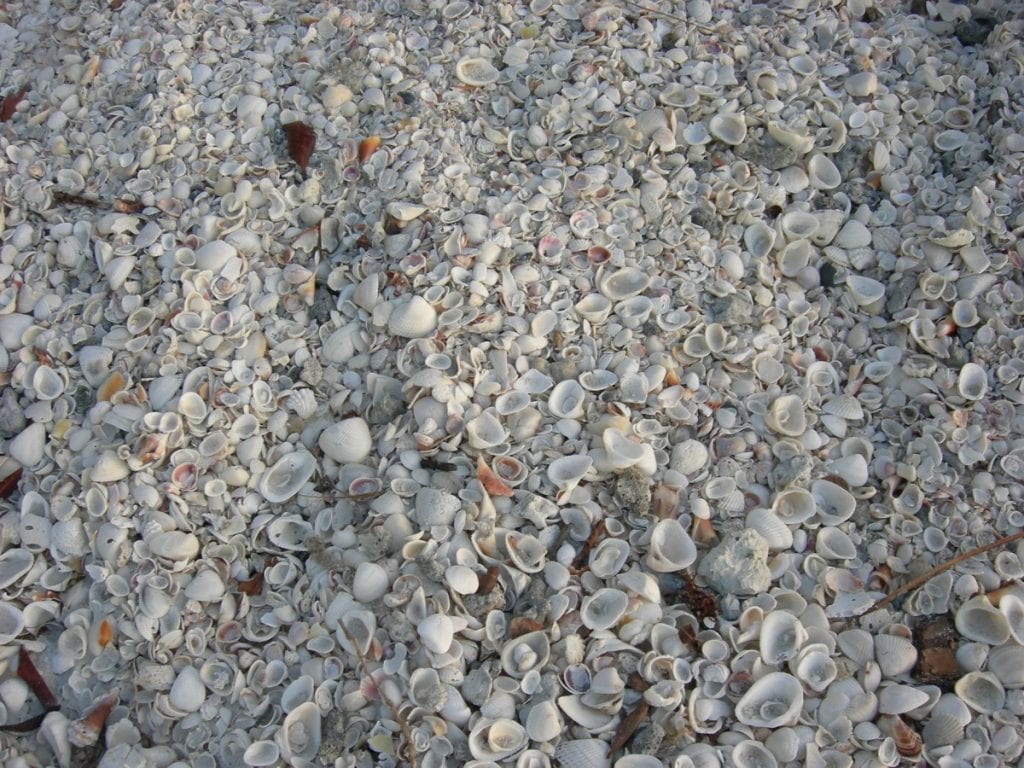Many of our guests will tell you that they have been coming to Sanibel since they were children, are returning after many years away from the island or have fond memories of their annual trips to the island to visit family members. If we only had a quarter for each time someone has mentioned coming over on the ferry before the causeway was built! Anyhow, we completely understand the magnetism of this special place—after all, it keeps us here too!
Though many Island connections date back as far as the early 1900s, there is a forgotten history hidden away on Sanibel that is waiting for you to explore. The ancient shell mounds of Sanibel are a great way to travel back to the very beginning of life on Sanibel. The best part? These ancient structures are hiding in plain sight.
Take a stroll along the Ding Darling Shell Mound Trail located inside J.N. Ding Darling National Wildlife Refuge. The Shell Mound Trail is the last trail in the park along Wildlife Drive. Travel back in time as you walk down the boardwalk that circles the mounds that were left behind by Calusa Indians thousands of years ago. This 0.4-mile loop is entirely wheelchair accessible.
A little history about the Sanibel Shell Mounds:
Archaeologists have discovered evidence that humans have inhabited Sanibel Island for nearly 3,500 years. The Calusa were one of the first Florida peoples that Spanish Explorers established communication with, though not much passed between the time communication was made and the decimation of the Calusa population. Prior to contact with the Spaniards, it is estimated that this area’s thriving ecological system supported the growth of this culture with a population of around 20,000 members and a political influence that reached distant parts of northern Florida.
It is believed that Calusa fishing villages like those on Sanibel were were constructed of long, sturdy pilings, jettisoned down into the sea bottom at the base of shell mounds. Conchs and large surf clams were used to line sidewalls, ramps, and causeways. Platforms were fastened to the pilings and on the platforms, thatched homes were erected.
While on the Sanibel Shell Mound trail, you will see the remnants of ancient Calusa homes. By studying the mounds and artifacts located from within the mounds, archaeologists have discovered that the Calusa had a highly evolved, stratified social structure, rich in religion and ritual.


